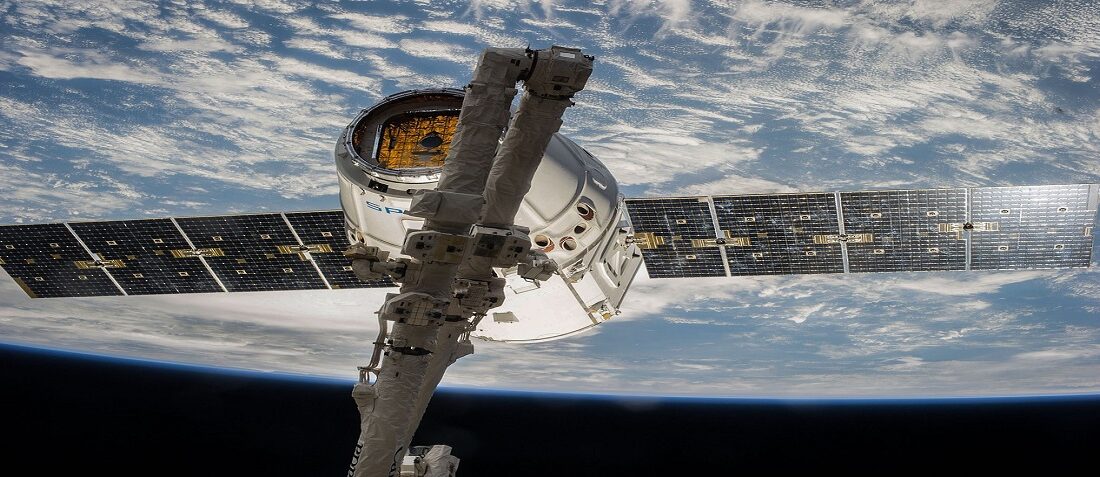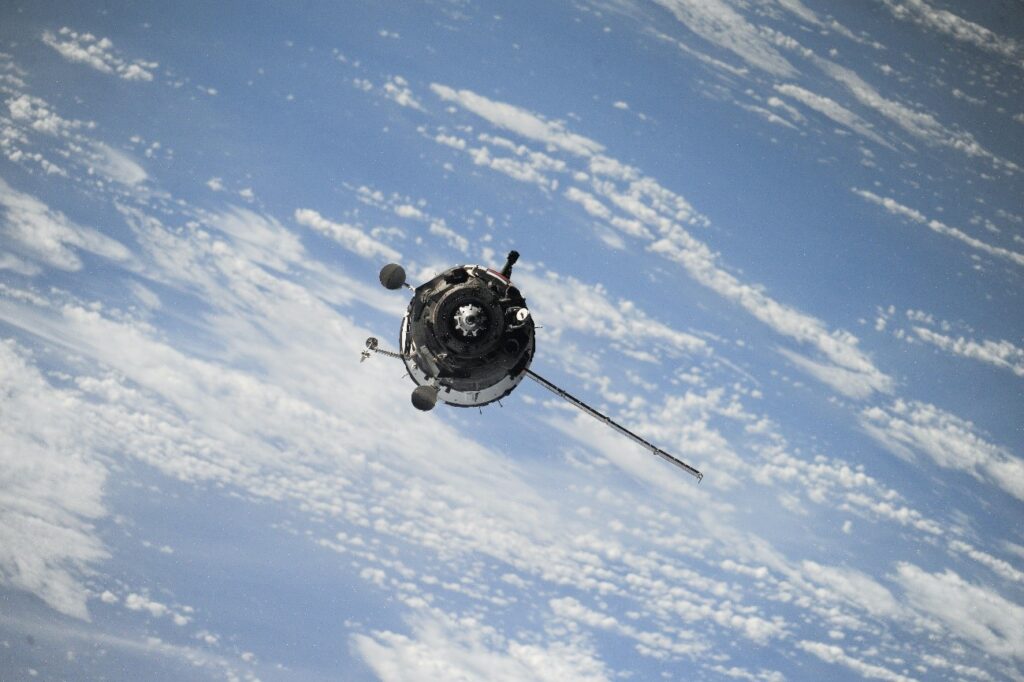
Using optical transceiver technology within space vehicles
- Posted by Javier Alejandro de la Ossa Fernández
- On November 8, 2022
- 0
Satellite operators expect the telecommunication satellite industry to deliver ever more efficient systems solutions to reduce the cost per bit on orbit and to improve their services [1]. The introduction of photonic components, such as optical transceiver technology devices, has shown an increase in performance and a reduction in SWaP (Size, Weight, and Power) by their inclusion in Very High Throughput Satellites (VHTS) payloads. To ensure their practical use in space applications, they need a compact package, low power consumption, and highly reliable.
A quick glance at optical transceiver technology
Optical transceivers employ fiber optic transceiver technology to convert electrical signals into light signals. Doing so can transmit the information in the optical fiber, which can travel at very high speeds and long distances.
A transceiver includes two parts: a transmitter, and a receiver, which allows them to both send and receive digital signals. When the optical signal arrives at the destination, the transceiver transforms optical signals into electrical signals and vice versa.
Compared with traditional electrical harnesses, fiber optic networks have been increasingly popular due to their great potential. New generations of On-Board Processors (OBPs) have motivated a migration toward optical interconnects [2]. High speed, high density, and high bandwidth, in addition to the significant reduction of mass and volume compared to its predecessor (> 90% savings in mass and volume as opposed to coaxial cables), make optical transceivers a major contender to watch out for.
There are lots of optical transceiver types, such as GBIC, SFP (Mini GBIC)/SFP+, Xenpak, X2, XFP, CFP, CWDM/DWDM, etc., which come in a variety of shapes and sizes (form factors) that differ according to the type of data, speed and distance required within the network. Onboard optical transceivers currently operate on 12.5 Gb/slanes. However, the next generations are calling for line rates >25Gb/s or even 56 Gb/s to better fit with the high-speed hardened ASIC technology that will become available [1].
Common wavelengths usually range from 850 nm to 1610 nm (wideband). Multi-mode fiber operates at 850 nm to 1310 nm, while single-mode operates at 1310 nm to 1550 nm.

How radiation hardened affects optical transceiver technology
When electronic components (such as embedded optical transceivers) are deployed on a satellite or a space vehicle, they are exposed to protons and heavy ions from cosmic rays and solar flares. These affect ICs (Integrated Circuits) functionality in the space environment.
Cumulative effects are caused by long-term exposure of electronics to radiation. They can be measured by total ionizing dose (TID) and total non-ionizing dose (TNID). In contrast, effects that occur when an ionizing particle hits an IC and might influence its performance are referred to as single-event effects (SEEs) [3].
Therefore, hardware deployed in space must be radiation resistant, but the specific requirements on radiation hardness will rely on the space mission constraints (acceptable performance, external radiation sources and shielding). At the same time, the technology choice can have an intrinsic radiation resistance associated with it. For instance, the SiGe HBTs have demonstrated high resistance to TID doses, achieving TID levels as high as 1.2Mrad.
When it comes to optoelectronics components evaluation testing, ALTER TECHNOLOGY has a wide experience with specific capabilities on optoelectronics measurements as well as mechanical, thermal, radiation, and constructional analysis tests.
Check out here our optoelectronics parts testing experience.
GET IN TOUCH TODAY!
Do you have questions? Contact us!
References:
[1] S. Giannakopoulos et al., “A 112 Gb/s Radiation-Hardened Mid-Board Optical Transceiver in 130-nm SiGe BiCMOS for Intra-Satellite Links”, Front. Phys., 17 May 2021, Sec. Optics and Photonics, https://doi.org/10.3389/fphy.2021.672941
[2] “High-speed optical transceiver integrated chipset and module for on-board VCSEL-based satellite optical interconnects.”
[3] ECSS-Q-HB-60-02A. Techniques for Radiation Effects Mitigation in ASICs and FPGAs Handbook ESA (2016). Available online here
- Entangled photon sources for quantum communications - December 14, 2022
- Using optical transceiver technology within space vehicles - November 8, 2022
- Issue 224 of ESCC QUALIFIED PART LIST (QPL) - March 21, 2022


0 comments on Using optical transceiver technology within space vehicles